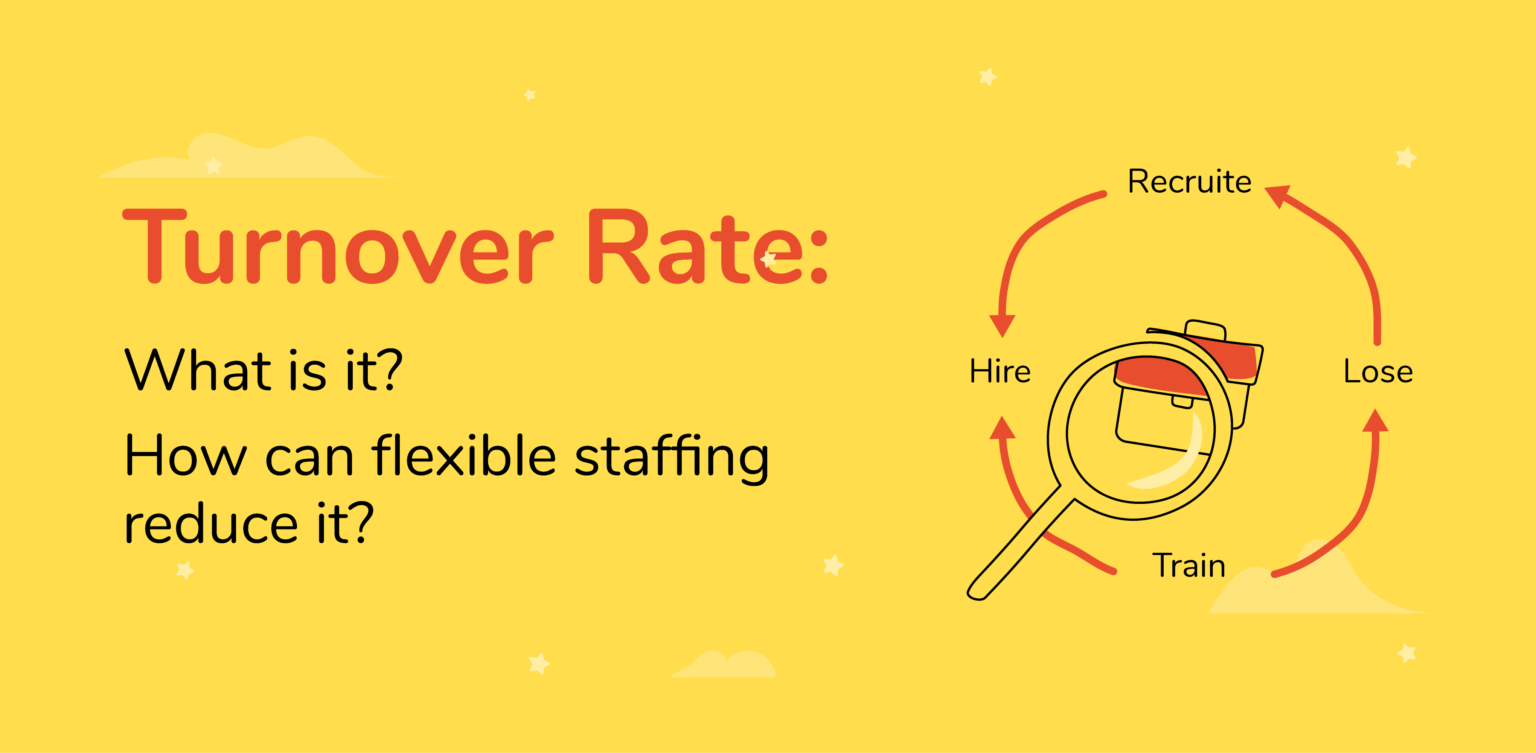Running out of ideas? | A Guide to Emotional Marketing in Retail and F&B
November 2, 2022
Customers nowadays are more educated and informed compared to how they were10 or even 5 years ago. There are plenty of options, so much information to grasp, and so many products and services to compare without leaving the comfort of their own bed or home.
Having a stellar product/service is no longer enough, and you should probably toss your regular campaign-to-sale pathway out as it has become outdated.
Now, this is obviously a huge inconvenience for many companies and marketers everywhere. What could you possibly do to stand out in a sea of competitors?
Let us break it down for you: feelings drive decisions. Aristotle went as far as to count emotions as one of the main 3 techniques to persuade and capture an audience. Think of it this way: What do you do when you watch a funny ad? You share it! > Send it to your friends’ or family group chat > look up the brand or product > read etc. Not only did that laugh drive you to look into the product, it actually made you inform others of it by sharing it. Hence, increasing brand awareness. That is what we call Emotional Marketing.
Emotional Marketing is the use of emotions to capture an audience, make them remember you, share your products or services, and buy them. It focuses on establishing an emotional connection between your advertisement and the consumer. It usually taps into a singular feeling, such as happiness, sadness, fear, or anger to entice an action or behavior.
A study done on over 1300 campaigns found those with emotional content performing twice as well (31%) as those without emotional content (16%).
What better way to illustrate this than with some examples?
one of the world’s best emotional marketers. MBLM (a brand intimacy agency) ranked it first among all F&B companies in the United States in brand intimacy and emotional connection.
Starbucks personalizes the mundane (your name is on your cup), celebrates the occasions (free coffee on your birthday), and embraces loyalty programs (points, rewards). And in-case you forgot that they want you to connect with them, their walls remind you: Every Cup Has a Story!
Another great example of strong Emotional Marketing. Think back to any and every recent Nike ad or campaign you have ever seen, do you recall them boosting about a product’s quality? They do not. While their products are there in the ad, the focus is almost always on a specific feeling, and it all starts with their slogan “Just Do It”: It inspires, it motivates, and it pushes you to want to do better!
Their visuals support this main theme of motivation, examples like Find Your Greatness capture that essence well.
A brand that relies heavily on emotional marketing) focuses on “Happiness” It captures it as a communal and shareable feeling. That is a consistent theme in their advertisement all around the world. Take their COVID-19 Great Meal ad for example, or their Egypt Football Team one
Let us bring the examples closer to you, and discuss:
Salt and Parker’s Restaurants pioneered emotional marketing among F&B competitors in Saudi Arabia.
It started campaigning on Instagram before opening its first branch (back when that was not the norm). They asked people to “Find Salt” Then, they started as one of the first food trucks in GCC and grew into opening multiple branches around Saudi Arabia.
Salt captured attention, evoked curiosity, and intrigued individuals (mystery, anticipation, excitement). Then, it gratified patience.
The brand continued with their emotional building and marketing efforts: they opened a “Salt Camp ” where groups and families can come for an immersive experience. They can eat, shop, play, and listen to music all in the great outdoors in winter.
It established itself as a restaurant that cares about parks and gardens. Parker’s started with a game: to get to the garden (restaurant), you have to find its key.
Where should you look for the key? Oh, you must visit forgotten/abandoned parks to find it!
The game made the place feel fun and exclusive, both feelings stem from joy and greed (basic human nature).
It utilized emotional marketing in one of its Saudi National Day campaigns. On the 90th anniversary, they asked individuals to come in groups of two with this catch: find someone whose last 2 digits of their ID number complete yours, and both your meals are free!
Examples vary between brands that use Emotional Marketing as a staple strategy and those that use it now and then. But the conclusion is almost unanimous: Emotional Marketing works!
The only question now is:
Before initiating any campaign, you have to ask: who is this for? What are the goals here? While increasing sales is the obvious answer, you should pay attention to other short-term or “side” goals as well: Enhance your reach? Encourage customers to “come again”? Are you targeting current customers or new ones? Both? Why?
Do not skip the vital and seemingly “basic” steps. They will help you figure out the core of your emotional campaign: what feeling?
After you have defined your customers and goals, use that information to build a story your customers can resonate with. It can be exciting, scary, or joyful. Remember that every detail matters from start to finish, and a story can be said in one sentence.
There are so many details to work to your advantage:
Loud? Calm? Happy? Sad? Exciting? Chill? What’s the vibe?
Colors and spaces are an actual science used in both psychology and architecture. They are integral details in every aspect. You can use multiple colors or opt for one: Red is exciting, black is sophisticated, yellow is energizing, green is calming, and the list goes on!
In addition, think about your placements. Where do words go on the design? To which side? What is their size? What font?.
Space matters in your actual location, and in every design you make. Is your space open or closed? Do you have large windows or small ones? Outdoor seating? Furniture colors? How many floors? What is the staircase like? What “emotion” are we trying to convey or provoke?
Actual customer experience starts the second a customer interacts with one of your team members. Your team has to be attentive, supportive, and close to the customer’s wants and needs. They have to listen, advise, and respond properly.
One of the core ways to guarantee that is to give your all the support they need. You can utilize staffing platforms such as Sabbar to give your team the support they need.
This way, you avoid employees burnout, refresh your brand faces, and give the customer a chance to be an actual part of the team by having the option to apply.
Staffing platforms offer you a larger community, wider range of skills, and enhanced experiences. Which ultimately leads to a better work environment and culture.
Every detail is part of the customer experience and will likely provoke a feeling whether you wanted it to or not. Make sure you are provoking the right ones.
You may also like..

November 2, 2022

July 31, 2022

June 2, 2022